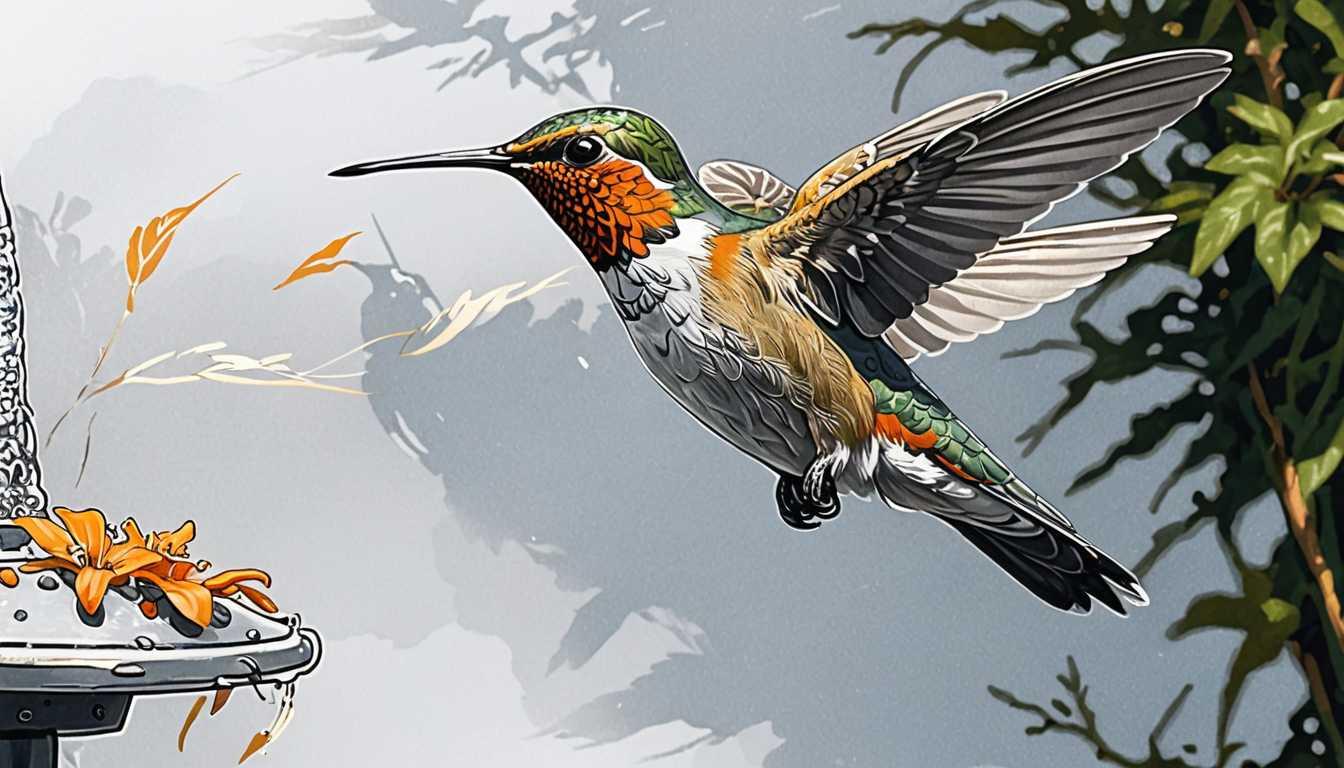Bacteria: The Surprising Climate Change Players
June 2024
Caltech - Research News
Introduction
Did you know that tiny bacteria could be climate change's sneaky accomplices? The article “Many More Bacteria Produce Greenhouse Gases than Previously Thought” dives into the surprising world of these microbial troublemakers! Uncover how they contribute to our planet's greenhouse gas emissions in ways we never imagined. This eye-opening read will leave you questioning everything you thought you knew about climate change. Get ready to explore and be amazed!
READ FULL ARTICLEWhy It Matters
Discover how this topic shapes your world and future
Unpacking the Hidden World of Nitrate Breathing Bacteria
The discovery of a new class of enzymes that allow bacteria to breathe nitrate when oxygen is scarce is not just a fascinating scientific breakthrough—it's a game changer for our understanding of climate change and agricultural practices! These enzymes are crucial for the survival of many bacteria and play a significant role in producing nitrous oxide (N2O), a potent greenhouse gas that contributes to global warming. Unlike carbon dioxide, nitrous oxide has a shorter lifespan in the atmosphere, which means that reducing its emissions can lead to swift benefits for our environment. In fact, smarter fertilizer use could decrease greenhouse gas emissions while also saving farmers money. As you learn more about these bacterial processes, you’ll see how interconnected our ecosystems are and how even tiny organisms can have a big impact on climate health!
Speak like a Scholar
Enzymes
Proteins that speed up chemical reactions in living things, helping them perform necessary functions like breaking down food or producing energy.
Greenhouse Gas
Gases in the Earth's atmosphere that trap heat, contributing to the greenhouse effect, which warms the planet. Examples include carbon dioxide, methane, and nitrous oxide.
Nitrous Oxide (N2O)
A greenhouse gas that is much stronger than carbon dioxide in its ability to trap heat in the atmosphere, although it doesn't last as long.
Denitrification
A process by which bacteria convert nitrates in the soil into nitrogen gas or nitrous oxide, which can impact soil health and greenhouse gas levels.
Genomic Sequences
The order of DNA nucleotides in a genome, which helps scientists understand the genetic makeup and capabilities of an organism.
Metabolism
The set of life-sustaining chemical reactions in organisms that convert food into energy and building blocks for growth.
Independent Research Ideas
The Role of Microbes in Climate Change
Investigate how different microbial processes contribute to greenhouse gas emissions and what that means for global warming. This topic allows you to explore the intersection of biology and environmental science.
Innovative Fertilizer Practices
Research sustainable fertilizer use and how it can reduce nitrous oxide emissions. This area combines agricultural science and ecology, highlighting real-world applications of scientific discoveries.
Comparative Genomics of Bacteria
Study the genomic differences between bacteria that breathe oxygen and those that utilize nitrate to understand evolutionary adaptations. This topic dives into microbiology and genetics, revealing the complexity of life.
Impact of Soil Health on Greenhouse Gas Emissions
Examine how soil management practices affect the microbial community and, consequently, greenhouse gas emissions. This is a fascinating intersection of soil science and environmental policy.
Evolution of Metabolic Pathways in Bacteria
Explore how bacteria have evolved their metabolic pathways over time, particularly the switch from oxygen to nitrate respiration. This subject combines evolutionary biology with microbiology, showcasing life’s adaptability.
Related Articles

Fungi: Nature's Firefighters in Action!
May 2024
JSTOR Daily

Unlocking the Secrets of Tulip Tree Wood
August 2024
University of Cambridge

Electricity: Nature's Hitchhiking Secret
January 2025
U of Bristol Research news

Signs of Species in Trouble: What’s Next?
May 2024
Harvard Gazette

Mosquito Mysteries: Beyond the Bite
March 2024
Harvard University